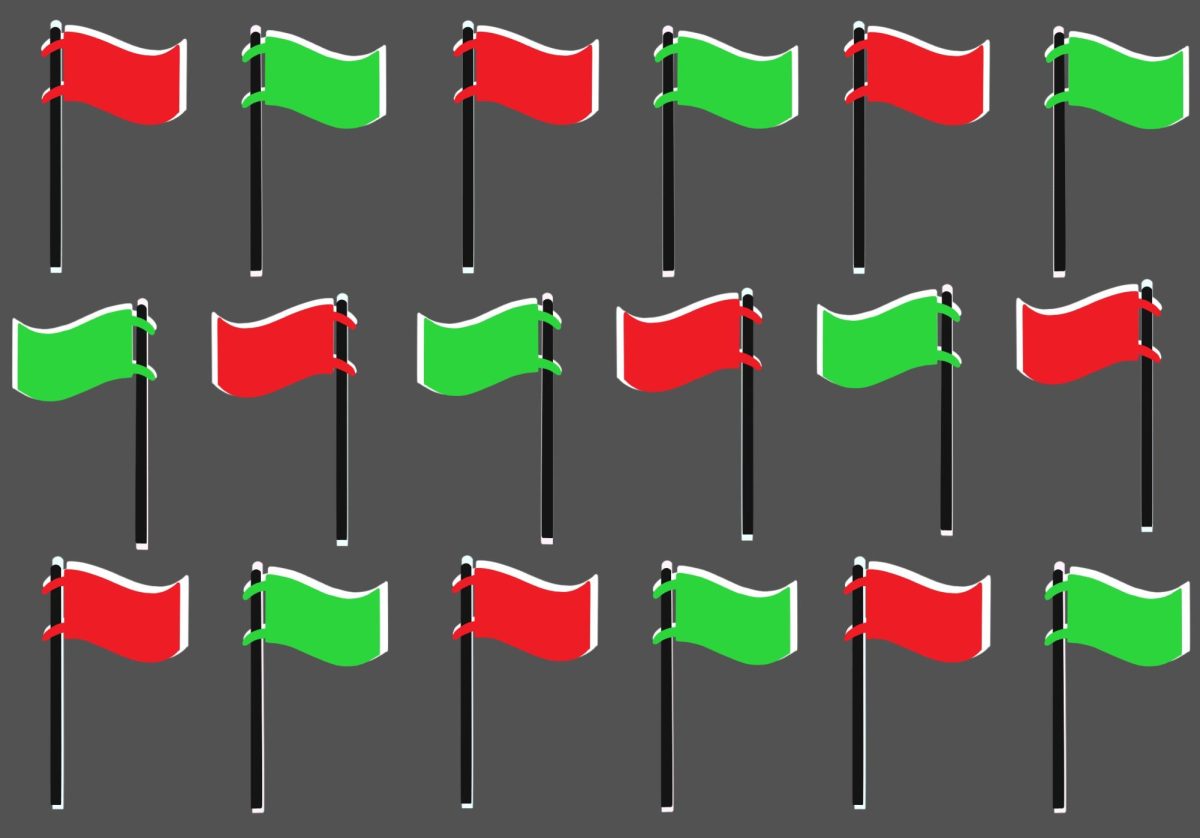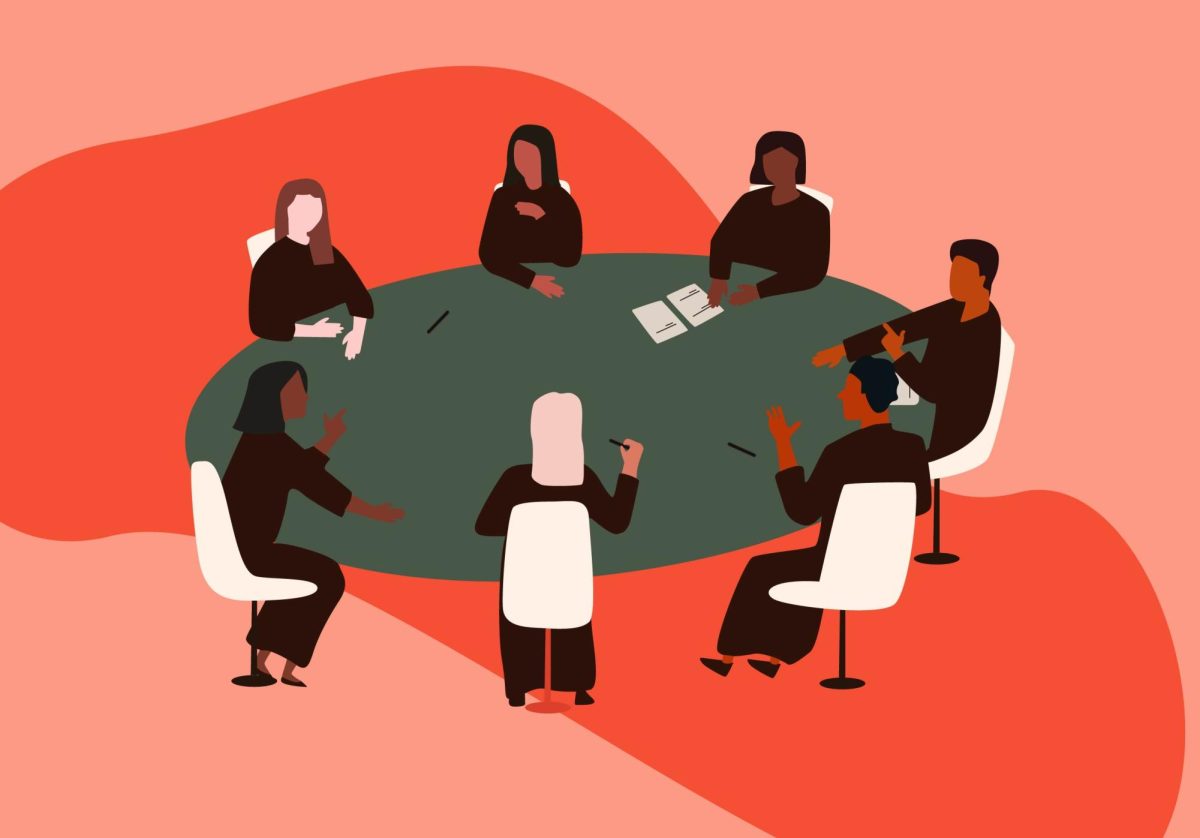On the morning of Sept. 11, 2006, I was dreaming that I was falling.
But this wasn’t your easily psychoanalyzed, industry-standard flight of Freudian fancy.
In this nightmare, I was plummeting to my death in Lower Manhattan in New York City, near Battery Park and the Financial District.
In this guilt-stricken incubus, I left the top floor of the first World Trade Tower behind and was now hurtling through crisp crosswinds in full freefall, hoping against hope that there would be a Federal Emergency Management Agency net to catch me before I hit the asphalt on Liberty Street.
It was one of the most terrifying feelings I’d ever had, conscious or not.
Thankfully, before my sentient being could fathom the taste of life-busting pavement to come, I returned to the waking life – albeit draped in a tepid pool of my own feverish sweat.
Whew. What a start to the second Tuesday of the fall semester.
As I gradually vivified myself for school on the morning of Sept. 11, 2006 – the fifth anniversary of the worst loss of life on American soil since the Civil War – the words rumbled through my head once again, as if etched on painful mental vinyl:
“There’s no way those planes could have made those buildings come down Ö.”
That bone-chilling observation came from an architecture student precisely five years prior, in a crowded classroom in Murphy Hall.
This student and I had just watched the World Trade Center towers crumble into dust, live on CNN and projected onto an innocent screen long accustomed to lecture notes and PowerPoint presentations.
He left the classroom abruptly after making his comment, and I never saw him again.
Over the next five years, I came to forget about this tall, gaunt Swedish graduate student – until I overheard the recently christened drummer of my band, a former Army brat injured in training, mention the work of an organization called “Scholars for 9-11 Truth.”
As soon as I got home from practice, I Googled the bloody hell out of this group.
Honestly, I didn’t know what to expect. But needless to say, I was intrigued.
Could this be the answer to my very own permutation of sociology’s Stockholm syndrome – the fever dream, the racking questions that the mysterious graduate student had seeded in my 19-year-old brain all those years ago?
For the very first time, I decided to entertain a new investigative academic hypothesis.
What did our government have to gain from a terrorist attack of this magnitude? Were there any historic precedents?
As the Romans would have asked, “Cui bono?” Who benefits most from this type of situation?
Being a journalist and a political science nut, I already knew about just such an organization: the Project for the New American Century.
PNAC (as it is called) is a Washington “think tank” – a group of experts paid to develop policy and plan strategies to influence the government on certain issues.
But this wasn’t just any lobby-savvy focus group. This was practically a shadow government, manipulating the White House like a demented puppeteer.
The project was established in 1997 under the motto that “American leadership is good both for America and for the world, and that such leadership requires military strength,” according to its Web site.
PNAC is often credited with minting the American neo-conservative movement, and its members are considered the architects of the Bush doctrine of preemptive warfare and the occupation of “evil” sovereign nations such as Iraq and Afghanistan.
The following list should tell you everything you need to know: past members of PNAC include Vice President Dick Cheney, former Secretary of Defense Donald Rumsfeld, Florida Gov. Jeb Bush (the President’s younger brother) and many other top military advisors and Pentagon officials.
In September 2000 – one year before the attacks – PNAC released a 90-page report called “Rebuilding America’s Defenses: Strategies, Forces, and Resources for a New Century.”
In Chapter V of this document, titled “Creating Tomorrow’s Dominant Force,” PNAC calls for the Department of Defense to “move more aggressively to experiment with new technologies and operational concepts.”
But it states “the process of transformation, even if it brings revolutionary change, is likely to be a long one, absent some catastrophic and catalyzing event – like a new Pearl Harbor.”
Fast forward one year.
According to The Washington Post, before President Bush went to bed on Sept. 11, 2001, he wrote in his diary:
“The Pearl Harbor of the 21st century took place today Ö We think it’s Osama bin Laden.”
We know the second part isn’t true. Rex Tomb, chief of Investigative Publicity for the FBI, told the Muckraker Report that there is “no hard evidence connecting bin Laden to 9-11.”
So if it wasn’t bin Laden, who was it? And what have we Americans done to the world for the past five years if it wasn’t him? More next week.
Adri Mehra welcomes comments at [email protected].







